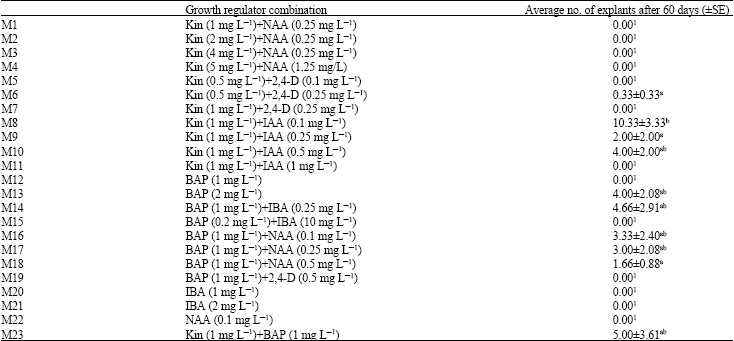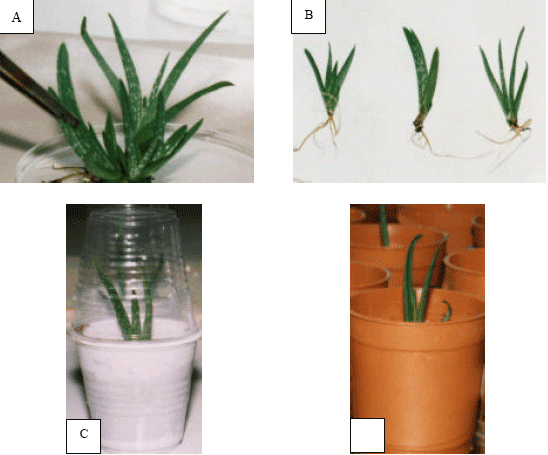Research Article
Micropropagation of Aloe vera L. Grown in South Iran
Research Institute of Applied Sciences, Iranian Academic Centre for Education,Culture and Research (ACECR), Shahid Beheshti University, P.O. Box 19835-169, Tehran, Iran
M. Parsa
Research Institute of Applied Sciences, Iranian Academic Centre for Education,Culture and Research (ACECR), Shahid Beheshti University, P.O. Box 19835-169, Tehran, Iran










